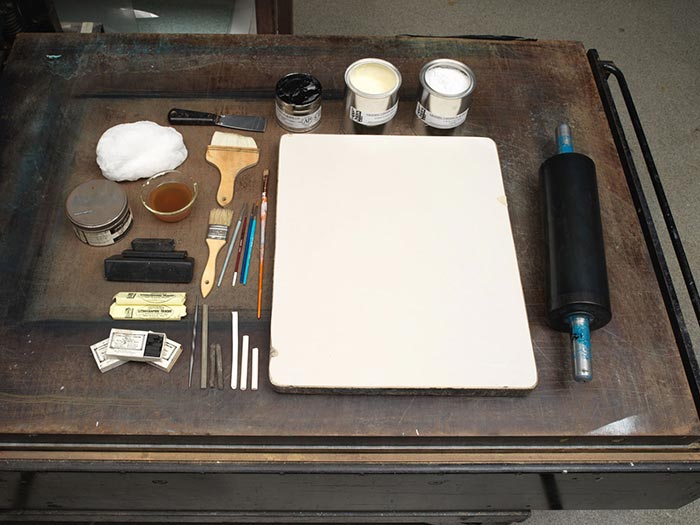Initiation Ceremonies of the Darktown Lodge-Part Second: The Candidate Charging the Grand Boss
Publisher Currier & Ives American
Not on view
The late nineteenth-century Darktown prints by Currier & Ives depict racist stereotypes that are offensive and disturbing. The Metropolitan Museum of Art preserves such works to shed light on their historical context and to enable the study and evaluation of racism.
This print caricatures five Black (African American) men whose freemason ceremony has gone awry. At center, a goat stands on his hind legs as it vigorously butts the rear end of the fallen leader (i.e. the "Grand Boss" who is dressed in a blue/white tunic girded by a white/golden belt); he has fallen backwards onto his low platform on the floor. The impact has dislodged his helmet, and caused him to lose his grip on his sword (on the floor below him) and skull (in the air above the goat). Above the "Grand Boss" (upper left quadrant), two men are in the air "diving" to the ground with arms and legs outstretched. One bare-chested man wears red/white striped shorts and his open-mouthed (howling?), while the other wears a knight's visor, a yellow tunic, and one boot (the other boot is in the air flying above the skull). At lower center, another man (wearing a red-striped tank top and green shorts) is lying on the ground surrounded by broken crockery; he has a dripping broken pitcher on his head. In the right background, a man wearing a blue/white striped unitard sits crouching with a bowl covering his right shoulder and part of his head. At the lower left is a foot of a man fleeing; at the upper left is a hanging blue/white umbrella canopy. Part of the wall (upper right quadrant) is decorated with a crescent moon surrounded by five stars and a shining sun above a snake. The title and caption are imprinted in the bottom margin.
This print is a companion to "Initiation Ceremonies of the Darktown Lodge-Part First: The Grand Boss Charging the Candidate" [P. 383, Gale 3326; Metropolitan Museum of Art accession no. 52.632.28].
Nathaniel Currier, whose successful New York-based lithography firm began in 1835, produced thousands of prints in various sizes that together create a vivid panorama of mid-to-late nineteenth century American life and its history. People eagerly acquired such lithographs featuring picturesque scenery, rural and city views, ships, railroads, portraits, hunting and fishing scenes, domestic life and numerous other subjects, as an inexpensive way to decorate their homes or business establishments. As the firm expanded, Nathaniel included his younger brother Charles in the business. In 1857, James Merritt Ives (the firm's accountant since 1852 and Charles's brother-in-law) was made a business partner; subsequently renamed Currier & Ives, the firm continued until 1907.

